The USS Indianapolis: Chronicle Of The Worst Shark Attack in History
It’s July 1945, and the world is in the throes of war, specifically World War II. A US battleship makes its way back from a delivery across the Pacific Ocean. What follows in the next few days would go down in the records as the worst shark attack in human history.
July 28, 1945
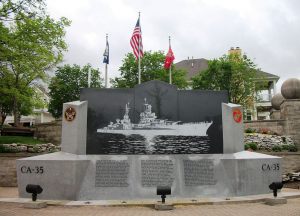
The USS Indianapolis departs a naval base located on the Pacific island of Tinian, some 1,550 miles south of Tokyo. It has just delivered the components of the first operational atomic bomb that would level Hiroshima some days later. The vessel lacks sonar to detect submarines and the captain requests for an escort but his request is denied. As a result of this, the Indianapolis sails back alone to join the battleship USS Idaho and prepare to invade Japan. There are 1,196 men aboard the ship.
July 29, 1945
The day is quiet, the weather calm. The military vessel sails at approximately 17 knots through the Pacific. By sunset, the sailors are relaxed and engage in various activities like reading and playing cards.
July 30, 1945
It’s the early minutes of the day just shortly after midnight, and the air is calm. Many of the sailors are asleep. Darkness prevails around the ship and over the waters. But the ship is not alone. It has been spotted by I-58, an Imperial Japanese Navy submarine and the submarine aims its torpedo at the target.
Suddenly, at 00:14 am there is a deafening explosion and a blinding ball of fire as the first torpedo hits the Indianapolis in the starboard bow. The impact blows the ship’s bow about 65 feet out of the water and simultaneously ignites one of the tanks carrying 3,500 gallons of fuel. The sailors are stunned, but before they know what just hit them, another torpedo from the same submarine rips into the vessel mid-ship.
This second torpedo dooms most of the sailors and the ship to a watery grave, but it will be a slow, horrible death for many.
It ignites other fuel tanks and powder magazines, setting off a sequence of terrific explosions that rip the Indianapolis in two.
The ship begins taking on water as the sailors dive overboard to save themselves. The ship delivers 107,000 shaft horsepower for a design speed of 32.7 knots, with a range of 10,000 nautical miles and belt armor protection of 5 inches around the deck and sides. The cruiser is equipped to defend itself but has no time to respond and is no match for the swift double assault. All of it sinks and is out of sight in just 12 minutes taking about 300 men down with it. 900 men make it into the open waters alive, but their nightmare is just starting, they are about to feature in the worst shark attack in history.
Sunrise, same day.
The sailors bob about in the water, and life rafts are almost non-existent. Some of the survivors have no life jackets on so they search for the dead bodies of their mates and take the jackets off them. Gradually, they call out to each other and form groups in a bid for order and to improve their chances of survival. By now, the sailors are expecting a rescue, so they are mostly concerned about thirst and exposure. Soon enough it dawns on them; they are not alone in the water. They can see fins protruding from the water, and it can mean only one thing, hungry sharks.
The sharks are drawn from afar by the sound of the explosions, the blood of the dead and injured and the movements of the living thrashing in the water. The creatures quickly begin dragging dead bodies down into the depths, and they are later identified as the oceanic whitetips.
Quick Facts About The Oceanic Whitetip:
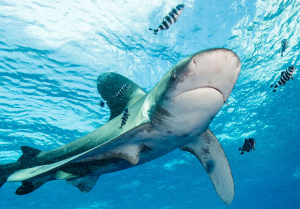
– They are not as popular as great whites, but they have been linked with more human deaths.
– Oceanic whitetips can grow up to 13 feet.
– These are aggressive, and slow-moving fish commonly referred to as ship-following sharks.
– Whitetips will converge on a food source for a feeding frenzy.
July 31, 1945
The sailors continue to huddle together, but their continuous thrashing only attracts more sharks. And inevitably, the carnivorous fish gradually turn their attention to the living. The injured and bleeding are the first to feel the sharks’ jaws. As more sailors die from their wounds and burns, their living mates push the bodies away hoping to get some respite from the swarm of sharks.
As expected, the sailors are terrified and can hardly eat. The scent of the few rations they have, especially food with meat, continue to draw more sharks. One by one, the sharks continue to pick them off, and every few minutes the air is filled with the screams of another person that has been taken.
August 1 – August 2, 1945
The sharks continue feasting on the defenseless men for days. There’s still no sign of rescue. The Indianapolis survivors realize their chances are better when they huddle in groups, those in the center are “safer” than those at the margins or alone.
Many of the living begin to die as they succumb to heat and thirst. A few start to hallucinate and become delirious. Some can’t bear the thirst anymore, so they drink the saltwater leading to salt poisoning.
The effects of salt poisoning begin to manifest; confusion, weakness, etc. Those sailors slip into madness and become a threat to other survivors. Soon after, they drag their living mates underwater as they die.
August 3, 1945
It’s after 11:00 a.m. and the men have been in the water for four days.
A Navy plane, a PV-1 Ventura is flying overhead on routine patrol and spots the Indianapolis survivors, they radio for help. Hours later, another seaplane, arrives at the scene to drop rafts and survival supplies. The pilot, Lieutenant Adrian Marks notices that the survivors are still being attacked by the sharks and he takes a decision that could end his military career. He disobeys orders and lands in the shark infested water to begin taxiing his plane to save the wounded and stragglers, who were at the most risk. Marks and his crew manage to save 56 of the men. Shortly after midnight, another navy vessel the USS Doyle arrives on the scene and pulls the last survivors from the water.
The final toll; 321 men were pulled alive from the water only 317 survived.
What Happened Behind The Scenes Of The Worst Shark Attack?
Navy intelligence had already intercepted a message relayed from the Japanese submarine in question describing how it just sunk an American battleship. But the message was ignored and regarded as a trick to lure more American rescue boats into a possible ambush. There are still conflicting reports on whether the Indianapolis sent out distress calls or not. When the vessel failed to report to its destination on time, no one investigated the reasons why.
The outcry from the incident was incredible, and the families of the dead men were enraged and devastated. The Navy looked for a scapegoat and found one. The Captain, Charles B. McVay III, survived the sinking and was blamed, court-martialed and dismissed for not sailing in zig-zag. But his men did not agree with the judgment and McVay was later restored to active duty.
Even the commander of I-58, Mochitsura Hashimoto later confirmed that zigzagging would not have saved the ship from the torpedoes.
Sadly, McVay received hate mail for years afterwards and took his own life in 1968 at the age of 70.
However you look at it, the sinking of the Indianapolis and the ordeal of the survivors remains the worst shark attack ever and the greatest single maritime loss of life in the history of the U.S. Navy.

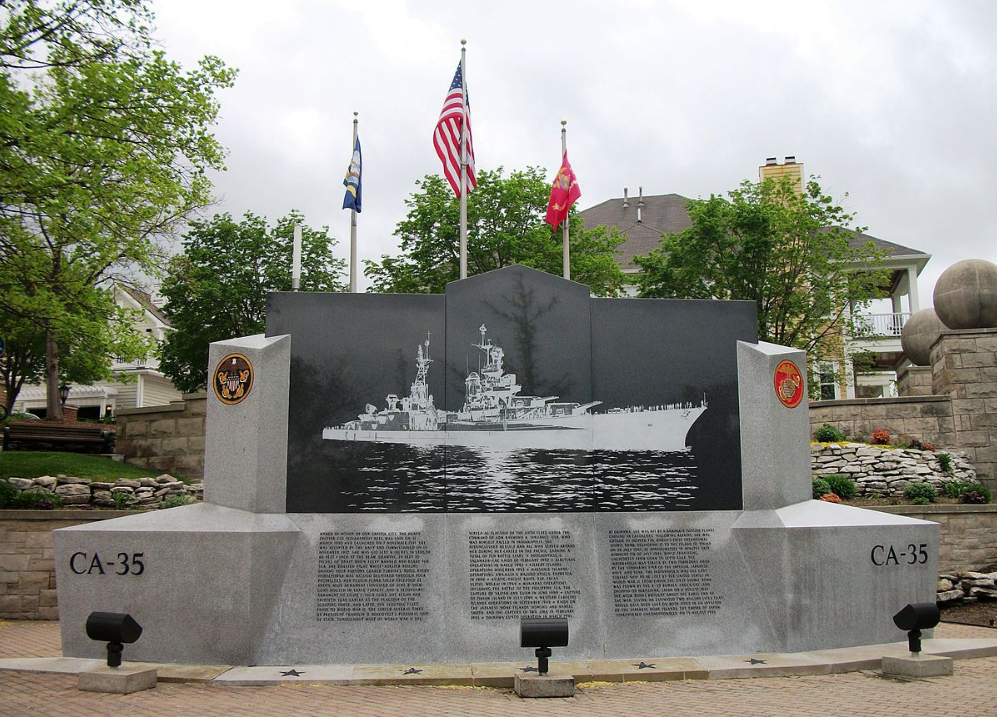
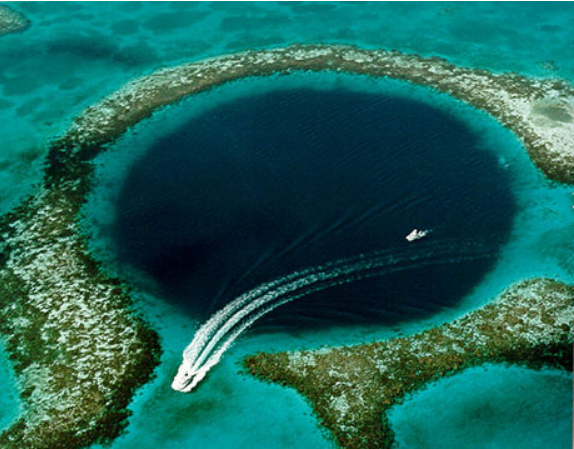
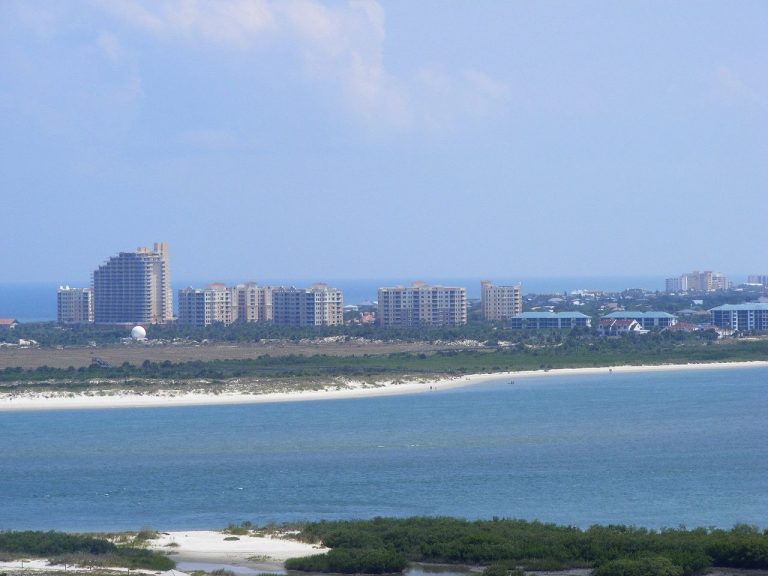
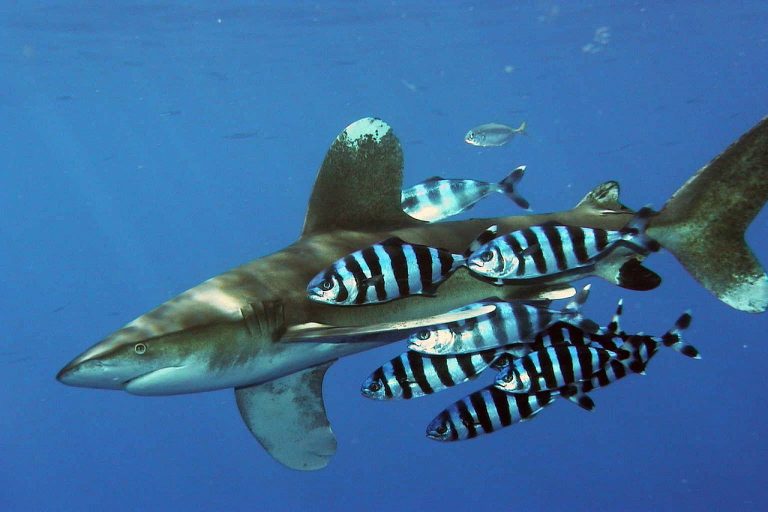
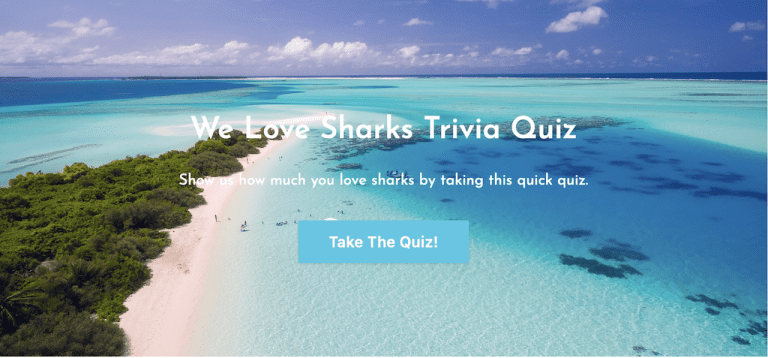
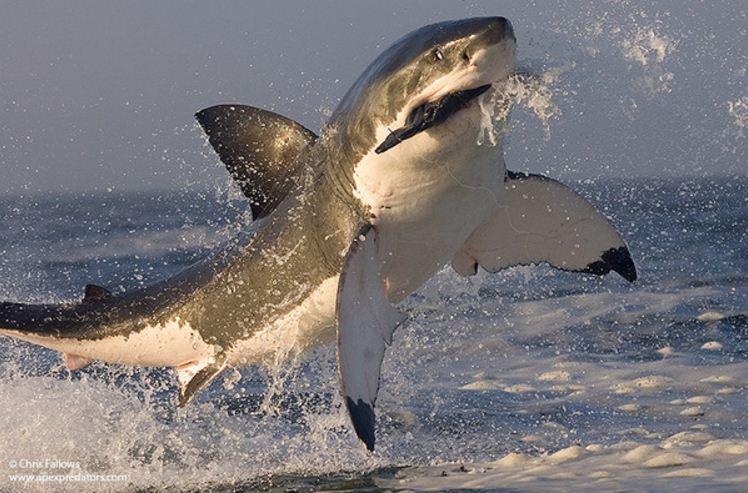

Some accounts suggest the sharks mostly carried away men who had already succumbed to the conditions, treading water night and day, blazing sunshine, no water. In any event it was a terrible ordeal to live through.
GOD REST THEIR SOULS!
I read the book on this disaster years ago & was shocked beyond belief how the Navy ignored all information given to them & leaving our men at sea for so many torturous days. What a disgrace! I was also a Scuba Instructor on Maui for 20 years & love, love, love sharks. Led shark dives too many times to count. These sharks were doing what they are born to do. EAT! We were a meal for many sharks because of the carelessness of our military. ‘nuf said